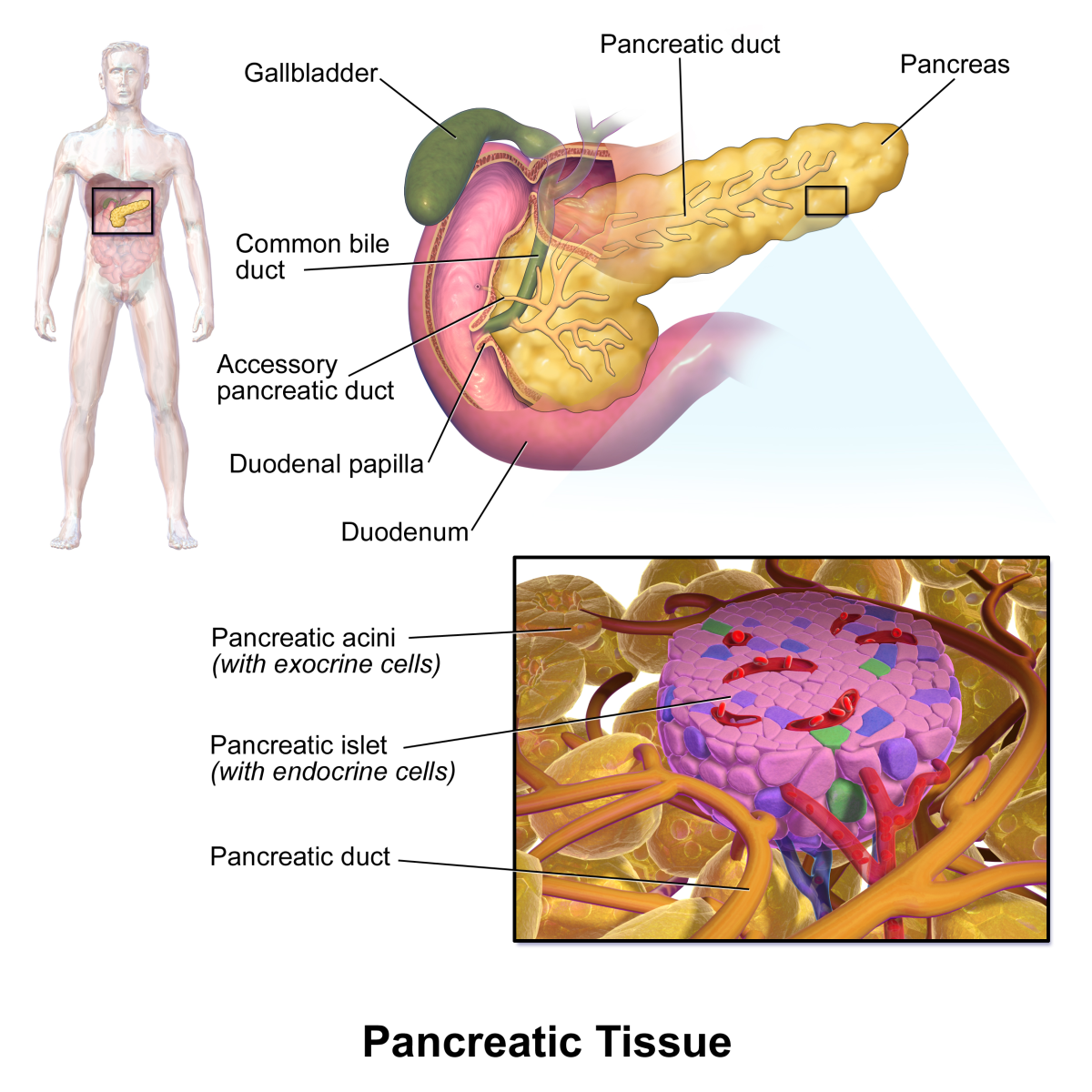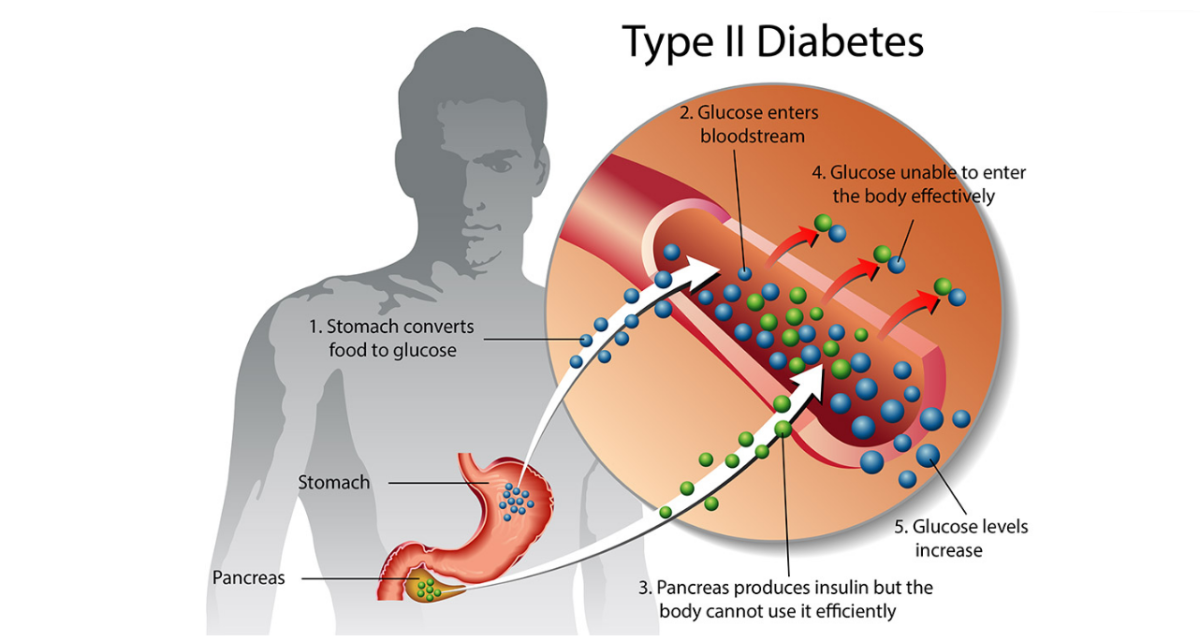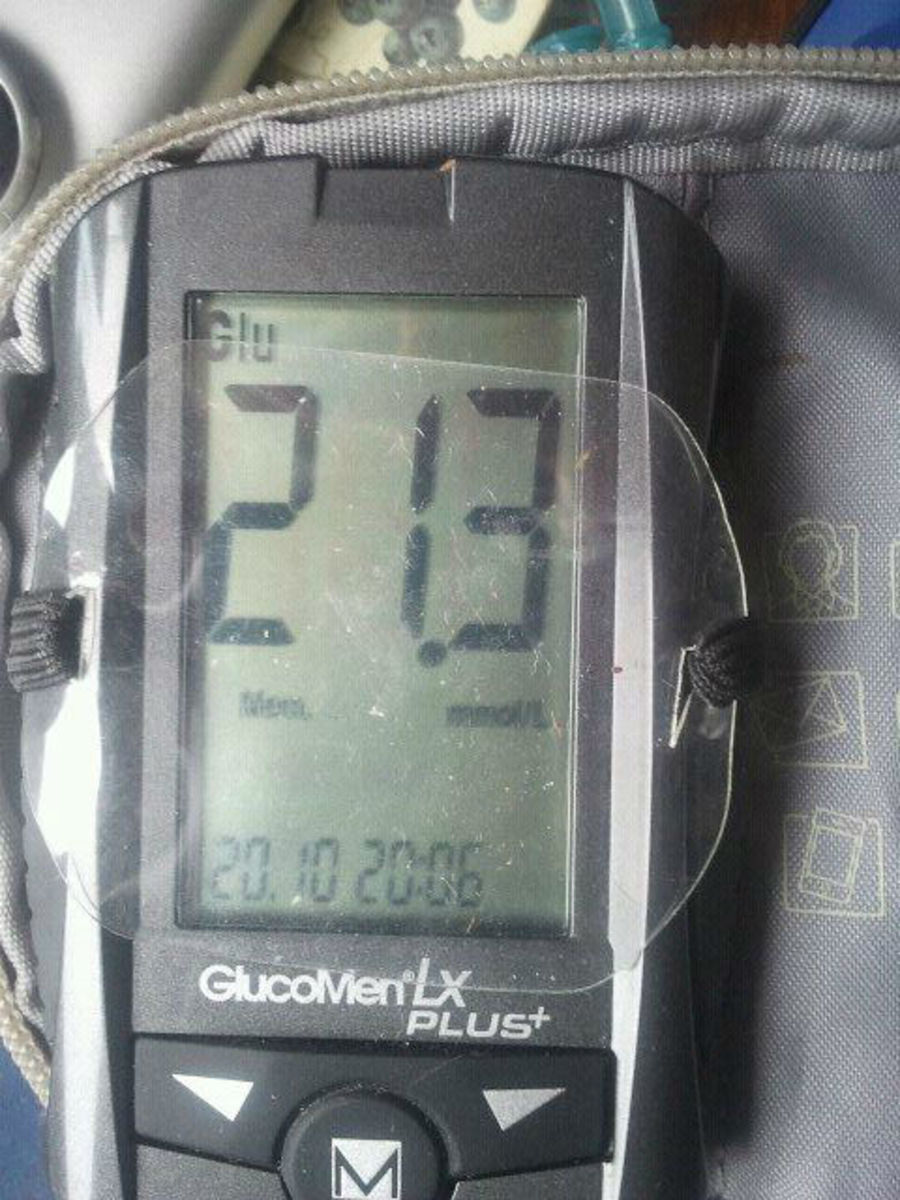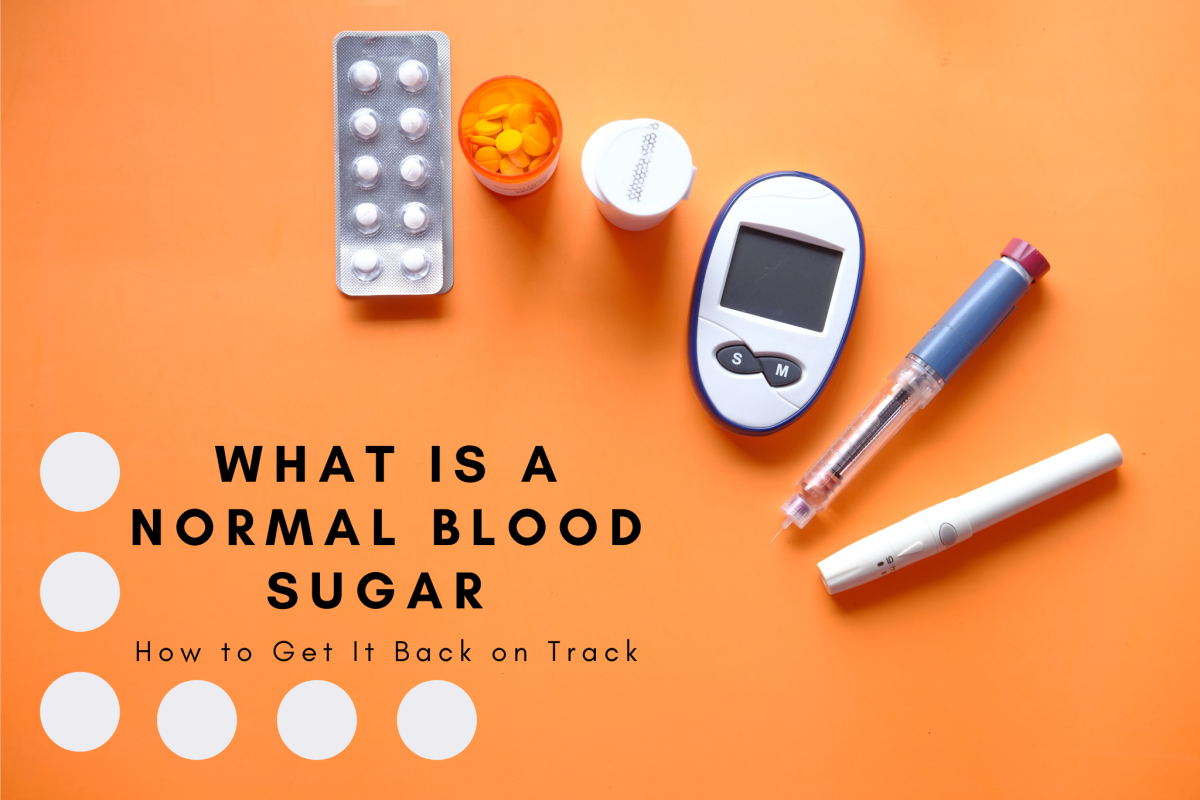The Diabetes Epidemic
Statistics
Diabetes epidemic...it sounds like something from a science fiction movie, but it is altogether too real. Americans are the most affected by the growing trend of the development of diabetes, but other countries who have adopted the Western style of eating are noticing the trend as well.
23.6 million Americans--7.8 percent of the population--have diabetes. Of this number, 5.7 million people have the disease but are yet undiagnosed. The Centers for Disease Control and Prevention (CDC) estimate that if the current trend continues, one in three Americans will develop diabetes during their lifetime, shortening their lifespan by 10 to 15 years.
This chronic disease was the sixth leading cause of death in the United States in 2006. In 2007, 1.6 million Americans age 20 and older were newly diagnosed with the disease. In 1999-2000, 7 percent of American adolescents ages 12-19 showed evidence of prediabetes, meaning they are at risk of developing type 2 diabetes, stroke and heart attack.
African Americans, Hispanics, American Indians and Alaska Natives are twice as likely to develop this lifelong disease than white people.
Diabetes Epidemic in America
What Is Diabetes?
Diabetes, short for diabetes mellitus, is a metabolism disorder. Specialized cells in the pancreas, islets of Langerhans, produce insufficient or no insulin in response to the body's need for glucose to be metabolized. Glucose, produced when most food is digested, is the main source of fuel for the body. In diabetes, insulin is unavailable to the cells to be used as fuel, instead the glucose continues to circulate in the bloodstream.
There are three main types of this condition: Type 1, Type 2, and gestational diabetes.
Type 1 diabetes is an auto-immune disorder where for reasons yet unknown, the body's defense mechanism attacks the cells that produce insulin. At one time, type 1 diabetes was diagnosed almost exclusively in children, but it may affect people of any age. Type 1 diabetes requires daily injections of insulin to control the disease. Symptoms usually develop over a short period of time.
Type 2 diabetes affects the greatest number of individuals. 90 to 95 percent of those diagnosed with diabetes have type 2. In this condition, initially the specialized pancreatic cells are producing adequate insulin, but for some reason the body is not utilizing it properly. This is termed insulin resistance. After a period of time, insulin production decreases or ceases. Symptoms of type 2 diabetes develop over a longer period of time.
Gestational diabetes is a form of the disease that some women experience during the latter stages of pregnancy. After giving birth, this type of diabetes usually abates, but women who have experienced gestational diabetes run a 40 to 60 percent increased chance of developing type 2 diabetes within 5 to 10 years.
Chronic Disease Resource
Why the Diabetes Epidemic?
The increase in diabetes diagnoses in the United States mirrors the increased rate of obesity in the country. The population is aging, with Baby Boomers comprising the greatest single generation in number. The American population is also seeing an increase percentage-wise of the groups of people who are twice as likely to develop diabetes in the Hispanic/Mexican population.
Dr. Greg Fors, author of "Why We Hurt," theorizes that diabetes and other chronic conditions such as asthma, which have also been on the rise in recent decades, are becoming more prevalent due to our exposure to toxins in the air, water and soil. He explains about the development and use of more than 200 new chemicals since the end of World War II to which our bodies are exposed. Fors advocates that such exposure has inundated our bodies with free radicals and our bodies have responded with the development of increased inflammation which in turn leads to chronic disease.
Type 2 Diabetes Prevention in the News
In July 2011, The Journal of Clinical Endocrinology and Metabolism published the results of a study conducted through the Department of Medicine, David Geffen School of Medicine in Los Angeles, California about the effect of increases in muscle mass on insulin resistance, a precursor to the onset of Type 2 diabetes.
Conclusions reached by researchers was that as muscle mass increased in relation to a person's body size, insulin sensitivity improved.
This study's outcome suggests that building muscle mass may be as important as weight loss in staving off the onset of Type 2 diabetes. More research is necessary to confirm the conclusions reached in this one study, but this study of more than 13,000 adults brings a glimmer of hope to diabetes prevention.
Sources
- CDC - Chronic Disease - Diabetes - At A Glance
- Diabetes Overview
Defines diabetes, including the various types and treatments. Provides information about the impact and cost of the disease, its increasing prevalence, and research being conducted by the Government and private organizations. - What is Diabetes? What Causes Diabetes?
Introduction to diabetes. Learn about the types of diabetes, symptoms, treatments, food planning and more
Additional Resources
Related Hubs
- Diabetes Mellitus: On A Serious Note
The middle aged man that laid on the operating table was recently diagnosed with Type 2 Diabetes Mellitus. The operation itself took all but just over an hour. And forever went his left leg. It was a below... - How Glycemic Index is Determined
The process by which a food is assigned a glycemic index is to measure that food's blood glucose response against a test control food, white bread or pure glucose, explains the Linus Pauling Institute of... - Understanding Metabolic Syndrome
Metabolic syndrome as described by the National Heart Lung and Blood Institute is the name given to risk factors linked to overweight and obesity. The syndrome increases your risk for chronic diseases such as... - Metabolic Syndrome
Metabolic syndrome - what are the causes and how can you prevent developing it. Some helpful tips and links to keep you healthy. - Transplanting the Islets of Langerhans for a Diabetes Cure
In a public elementary school, my classmates and I were incorrectly taught that the "Isles of Langerhans" were 2 sizable glands that sit on the underside of the pancreas. During the same year, we were taught... - Best Diabetic Snacks and Blood Sugar Foods to Reduce Blood Glucose Spikes
Learn about the best diabetic snacks to eat to help keep blood sugar levels closer to normal ranges and reduce unhealthy blood sugar spikes.










